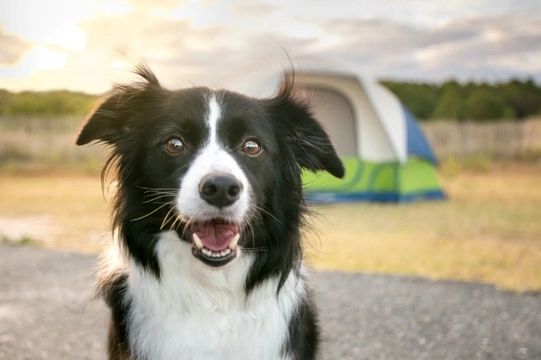
Five subtle symptoms that can signal the onset of canine diabetes
Diabetes in dogs is a chronic and lifelong condition that cannot be cured, but that can be managed effectively in most cases to restore your dog’s quality of life and enable them to live for a normal lifespan.
However, diabetes can also cause a lot of serious and irreversible health problems in dogs too if it goes undiagnosed for too long or isn’t treated and managed properly, but most of these can be prevented by vigilance and early intervention.
Caring for a diabetic dog isn’t always simple, and it does often mean limitations and challenges for the dog’s owner, as well as the potential expense of a lifetime of testing and monitoring, special diets and potentially, insulin.
The sooner diabetes is correctly diagnosed and an appropriate management regime established for your dog, the better the chances of avoiding more serious problems later on – and in some cases, pre-diabetes or borderline diabetes can even be reversed and avoided entirely if you are very lucky too.
However, in order to get ahead of the game when it comes to canine diabetes, dog owners need to be able to recognise the symptoms that something is wrong, understand their potential connection to diabetes, and involve your vet.
Some of the early symptoms of diabetes in dogs are subtle and easy to miss in their own right, and it is of course harder again to connect them to a specific health condition if you don’t know what to look for – and so with this in mind, this article will share five subtle early symptoms that can signal the onset of diabetes in dogs. Read on to learn more.
Insatiable hunger but loss of condition
It can be really hard to tell if your dog is hungrier than normal or is genuinely ravenous, because dogs are hugely opportunistic about food and will cheerfully pretend they haven’t been fed even when they are full to bursting, just in the hopes of getting a second helping!
However, if your dog is even more obsessive about food than normal and persists with begging, scavenging or demanding food even though they know this is not allowed and they don’t normally do it – and yet they’re not piling on the pounds – this can be an indication of diabetes.
Eating more whilst also losing weight isn’t something that happens in a healthy dog, and is a clear indication of a health issue in play. Diabetes is not the only potential cause of this, but it is one of the most common.
Drinking much more than normal
The amount that your dog drinks on any given day can vary a lot depending on the weather, how active they are, and even what type of food they eat, but if you find that your dog’s bowl is frequently empty and they’re still looking for more water and you don’t know why, diabetes might be the issue.
Diabetes increases the amount of glucose in your dog’s blood and their bodies are unable to handle this, which results in the body attempting to eliminate it in urine, and so, a correlating need to drink more on the part of the dog.
This will tend to be progressive, and so can take a while to notice – but don’t ignore it.
Urinating much more than normal
As you might expect, a dog that is drinking way more than any healthy dog needs to is also apt to need to pee much more than the average dog too, and this very common in diabetic dogs.
If your dog is always clamouring to go out to the toilet and they actually produce a reasonable volume of urine when they do so, diabetes isn’t the only potential reason, but it is one that your vet will certainly need to consider and investigate.
Inappropriate urination
Additionally, if your dog is drinking more than normal and also needing to urinate more, they might not always have the opportunity to go out when they need to, or be able to hold on.
This can result in your dog toileting inside of the house, and this is a symptom that once more, does not definitively mean diabetes and that may even be a behavioural problem, but it is something that you should consider carefully and never ignore.
Cataract formation or clouding of the eyes
Cataracts are a common vision issue that develops in many dogs in old age, but it can also be a symptom of diabetes, particularly if it occurs in younger dogs. This is because the excess glucose in the dog’s blood caused by the diabetes results in deposits developing within the eyes, which result in the signature cloudy or occluded appearance that most of us have observed in an older dog or person at some point.
Cloudiness or changes to your dog’s vision should never be ignored, and if you notice this symptom in combination with any of the others we’ve mentioned, make sure that you let your vet know about all of them as giving them the full picture will help a lot when it comes to letting them know what type of tests to run in order to reach a formal diagnosis.



